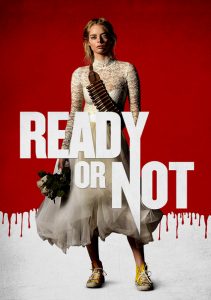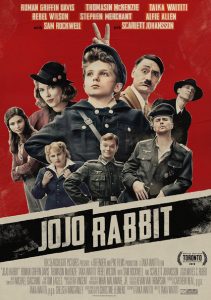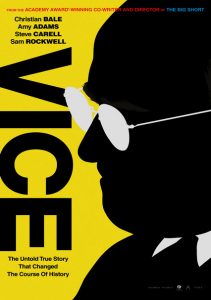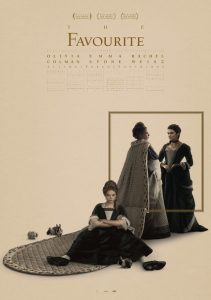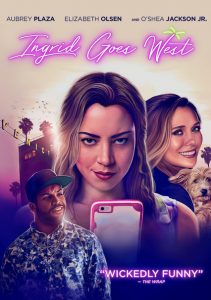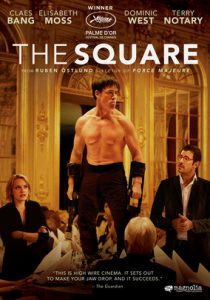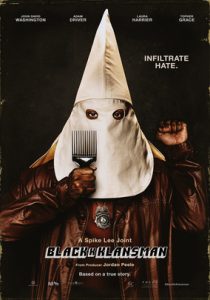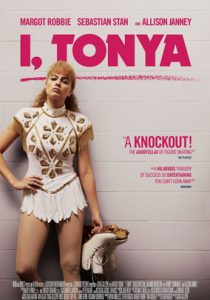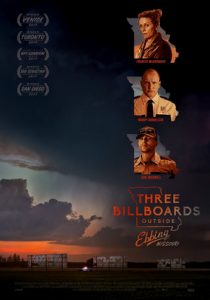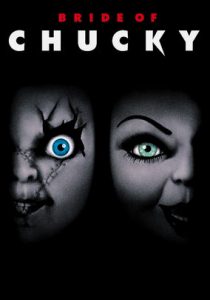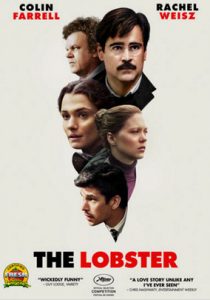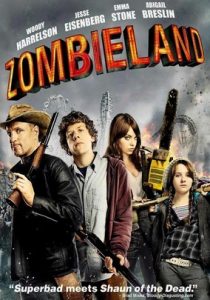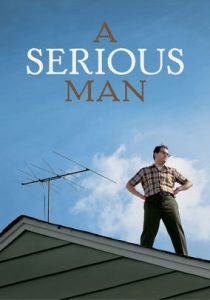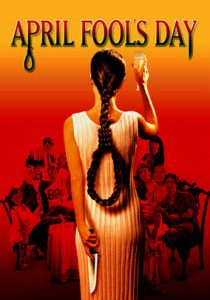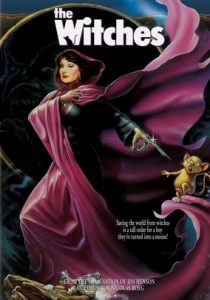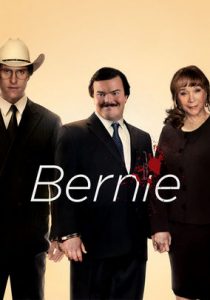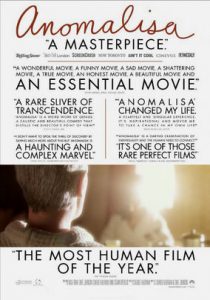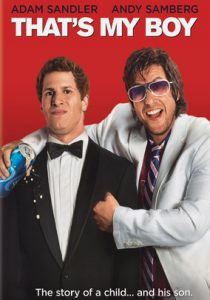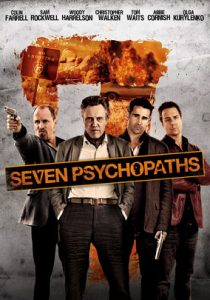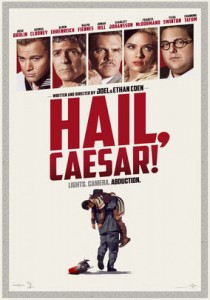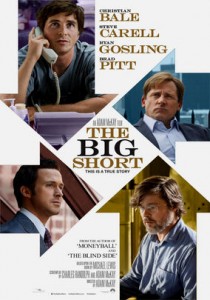Ready or Not-2019
Director Tyler Gillett, Matt Bettinelli-Olpin
Starring Samara Weaving, Adam Brody
Scott’s Review #1,040
Reviewed July 16, 2020
Grade: B+
A hybrid of dark comedy, horror, and whodunit, Ready or Not (2019) is a splatter of a good time.
Witty and macabre, the film is patterned after Knives Out (2019), Clue (1985), and the television series Riverdale, with a dash of Kill Bill Volume 1 and 2 (2003-2004) peppered in for good measure.
The results are fantastic, gory, and fun, and the pacing is on point. The best aspect is the unpredictability factor, as the conclusion cannot be drawn, and the audience willingly plunges along for a thrilling ride, eager to see what happens next.
The film begins with a mysterious flashback.
A young boy living in a vast mansion is confronted by an injured man begging for help. The boy cries out for his family, who shoots the man dead.
Decades later, happier events transpire as Alex (Mark O’Brien) and Grace (Samara Weaving) enjoy a lavish wedding at the Le Domas family estate.
Alex’s family is extremely wealthy, and he asks Grace if she is certain she wants to join the family. Why wouldn’t she welcome a life of pampering and all the money she can imagine? She readily tells Alex that, yes, she is sure she wants to marry him.
After the wedding, Alex and Grace are summoned by the family to partake in a game, a family tradition. Grace will choose a card, and everyone will play that game.
When Grace chooses the Hide-and-Seek card, the reactions are morose. When she gleefully trots off at midnight to hide, she assumes it is an innocent game.
She quickly realizes that the family is determined to kill her as part of an ancient legend involving a deal to keep the family money secure. Grace spends the night being pursued by members of the family while the household staff is accidentally killed off.
Being a horror film, the rosy start to the movie (the wedding) is delicious and short-lived, as any fan of the horror genre knows that dreary events are soon in store. The fun is waiting for the other shoe to drop and the body count to begin rising.
Ready or Not succeeds most when Grace is being pursued, and when she emerges from the dumb waiter, thinking she will give up the game and enjoy a good night’s sleep, the scenes are spectacular. A house-nanny is shot by a doltish family member who mistakes her for Grace, cowering behind a bed.
At that moment the bride realizes she is screwed.
The final thirty minutes of Ready or Not take a different turn as victimized Grace turns into revenge-seeking Grace. Think Carrie White at the prom after being soaked with pig blood.
As Grace lumbers through the mansion in her blood-streaked white gown, happy to kill any one of the filthy rich family members, she has the most fun pummeling Alex’s mother, Becky Le Domas (Andie MacDowell), to death with a box, which he gets to witness.
Revenge Grace is like Uma Thurman’s The Bride in the Kill Bill double-feature.
Released the same year as Knives Out (2019), both films portray the wealthy characters similarly, rendering them as shallow and unlikable as humanly possible. Insipid, money-hungry, and impolite, they treat each other as badly as those considered beneath them.
Daniel (Adam Brody), may turn out to be Grace’s knight in shining armor but can he be trusted? Can Alex?
Snippets of the 1985 comedy Clue emerge as secret passageways are revealed, and one death is reminiscent of the singing telegram girl’s death, as the character leaps into the room only to be instantly killed. It’s a fun scene and not too seriously intended, which makes it enjoyable.
The gothic nature of the series Riverdale also comes into play with the modern trimmings and dark ambiance.
Ready or Not (2019) successfully produces what it intends to—an entertaining, cleverly written horror yarn. With a clear feminist stance and oozing with wealth and glamour, the rich people are horrible and ultimately get what they deserve.
This is satisfying to the viewer despite the silly motivations of the family.
Played for laughs, the film doesn’t take itself too seriously despite a subdued lesson in overindulgence and entitlement—a crackling, fun late-night offering.
